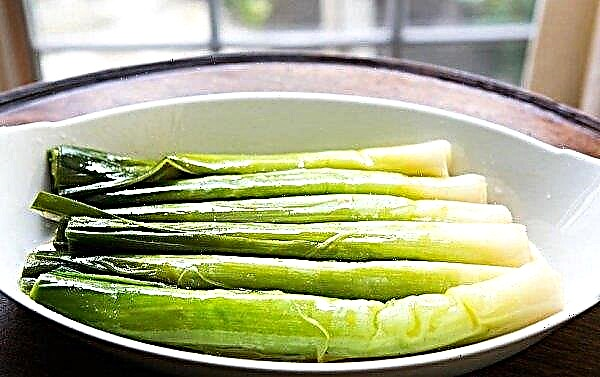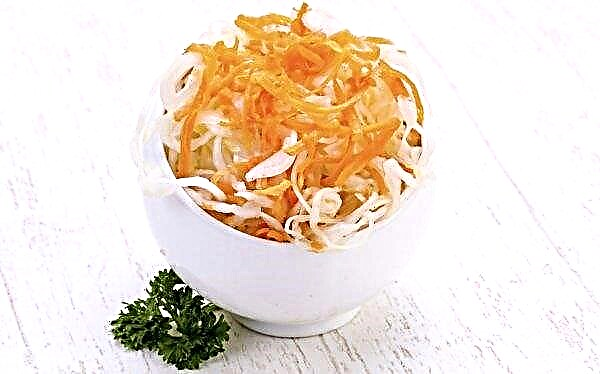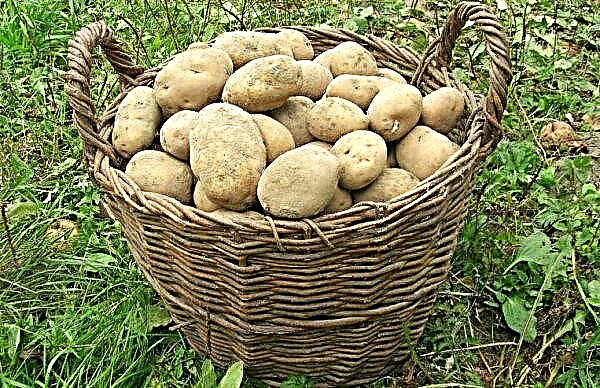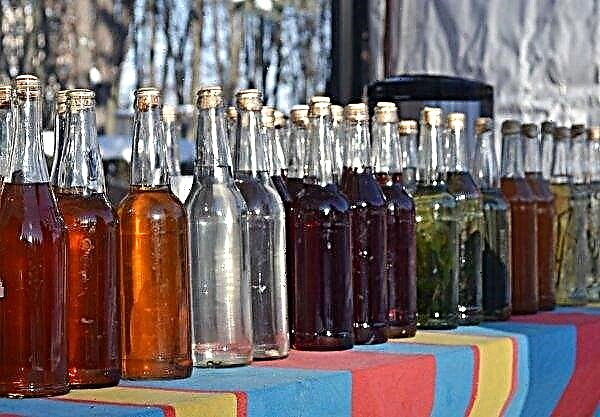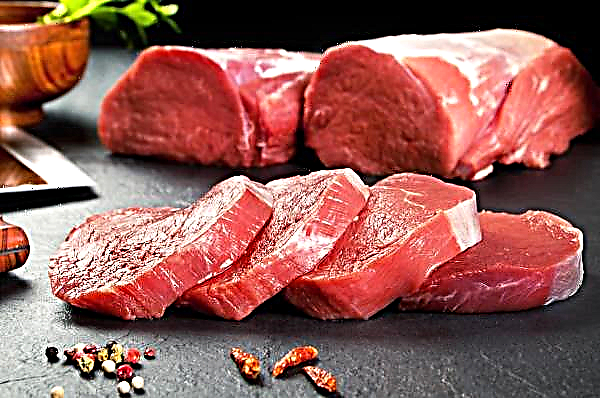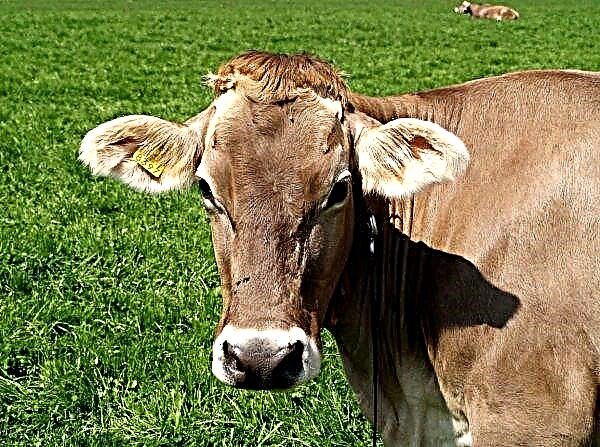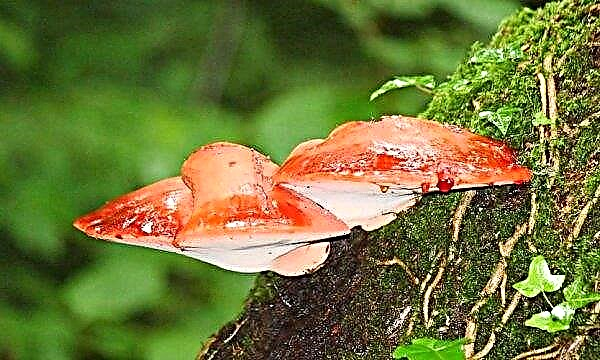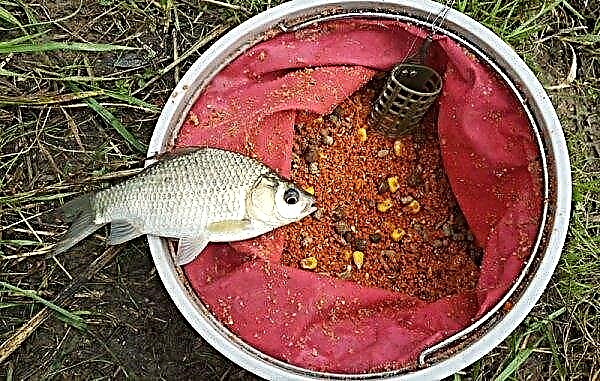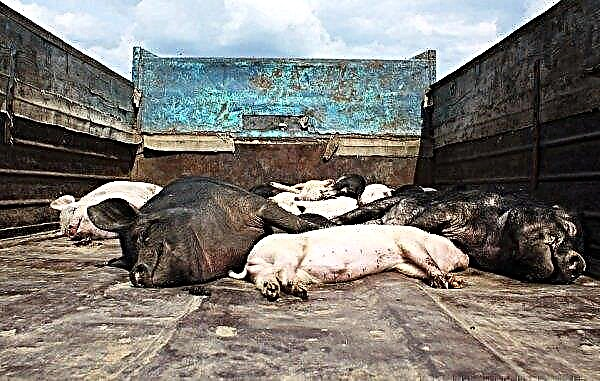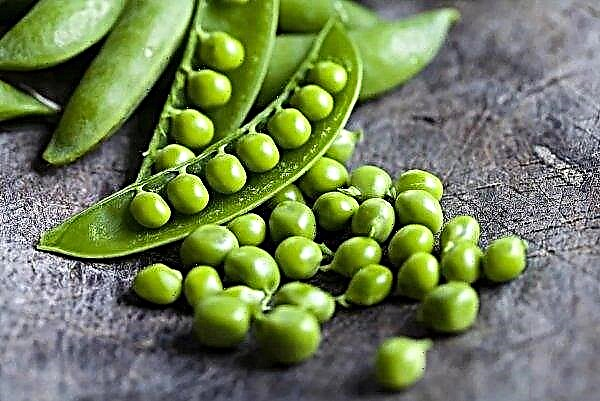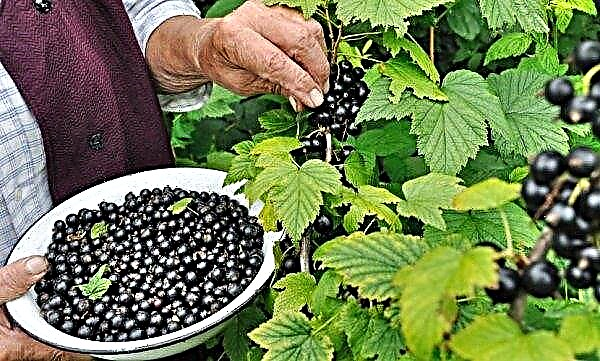Not many gardeners, planting hydrangea, take into account its exactingness to the place for planting and care technology. As a result, the plant does not bloom, and a huge number of questions arise. The article discusses the common causes of lack of flowering in hydrangeas, as well as ways to solve the problem.
The reasons for the lack of flowering hydrangea
There are several reasons why hydrangea does not bloom. Most of them are associated with improper care, which provides a gardener. Anomalies in the growth and development of the roots may also occur, which often occurs when buying new plants. This is fraught with a violation of the development of the bush, as well as a lack of flowering.
Improper winter preparations
Hydrangea, despite its unpretentiousness in care, does not survive frosts well. If the air temperature is below 0 ° C, flower buds will begin to freeze. As a result, flowers will not form on the bushes. To protect plants from frost, they shelter it for the winter.
Before the start of autumn frosts (push off from the growing region), you need to cut off all the leaves from the bush. After that, the branches are tightened with a harness and covered with agrofibre or plastic film. For more reliable protection, if a strong cooling is expected, the bushes should be bent to the ground and covered with lapnik.Important! In the spring, with the arrival of heat, gradually remove the shelter. They completely get rid of it only after the soil temperature reaches + 7 ° С.

Incorrect pruning
In order for a plant to bloom in spring, it is important to prune it correctly. At the end of March, dry, old and weak branches are removed. Shoots that were frozen in winter (if there was no shelter) should also be pruned.
If last year's developed branches were preserved on the bushes, then they do not need to be removed. It is on their surface that flowers will form. Many beginner gardeners cut them, and as a result, buds with beautiful flowers do not appear on the plant.

Fertilizer errors
If the soil lacks nutrients, hydrangea does not respond well to this. It is also not recommended to apply nitrogen fertilizers in summer and in September, because instead of beautiful buds, plentiful foliage will develop.
Feeding hydrangeas should be carried out several times during the year:
- At the beginning of May, nitrogen fertilizers are applied (40 g per 5 liters of water) to enhance vegetative development. Distribute the entire volume to 1 m².
- In summer, in mid-June, potassium nitrate (50 g per 7 liters of water) is used to force hydrangea to form buds. Divide the prepared volume into 3 plants.
- In early September, superphosphate (40 g per 10 liters of water) is used to strengthen the shoots before the onset of winter. Spread the entire volume on 1 m².
Video: feeding hydrangeas before flowering
Insufficient watering
The main reason why hydrangea does not bloom is considered insufficient watering. In over-dried soil, especially if the summer is dry, the shrubs develop too slowly. The solution to the problem is simple - water the plot according to the scheme. Young plants are irrigated once a week using 10 liters of water per bush. Adult hydrangeas, which are less whimsical to care for, are watered 2 times a month. At least 15 liters of water are poured under each plant.
Important! After each watering, after 2–3 days, you need to loosen the topsoil. Thanks to such actions, the necessary moisture will get into the root system better.
High temperature
Hydrangea will not bloom well if the air temperature is kept for a long time.
To neutralize this cause, you can use several methods:
- plant near tall plants to create shade;
- Irrigate the crown of the shrub with a hose or spray every 2 days. The procedure is performed in the evening when there is no active sunlight. Otherwise, burns form on the leaves and trunks of hydrangeas.

Excess or lack of sunlight
The lack of flowering can be attributed to excess or lack of sunlight. Direct rays of the sun can cause burns, and their lack will slow the development of the plant.
Did you know? Hydrangea is considered a sacred plant for Buddhists. On Buddha's birthday, flowers decorate temples.
There are several methods that can help correct this situation. The main one is to plant penumbra seedlings on the south side of the garden. Due to this, the sun's rays will fall on the plants before dinner, and at noon hydrangea will be protected from burns.
Heavy clay soil
Hydrangea prefers to grow on loamy soils with little acidity. If you plant a culture on heavy clay lands, then a sufficient amount of nutrients and moisture will not get into the root system. As a result, the plant ceases to form buds.
 If heavy clay soils prevail on the site, then they need to be made more neutral. To do this, make sand and peat (1 bucket of each component). Distribute the entire volume of 1 m².
If heavy clay soils prevail on the site, then they need to be made more neutral. To do this, make sand and peat (1 bucket of each component). Distribute the entire volume of 1 m².
Weak root system development
For the bushes to bloom, their root system must be powerful and developed. If the rhizome of the plant is weak, then you can forget about decorating the garden with the onset of heat.
Some gardeners plant too young seedlings (less than 2 years) or over-fed planting material. Therefore, they will form a crown for several years and only then can bloom.
Diseases and Pests
Hydrangea refers to those plants that have a developed immunity to diseases and parasites. Despite this, symptoms of downy mildew (yellowing of the leaves and their dryness) and gray rot (gray spots form on the leaves, which grow and lead to the death of the bush) may appear on its crown. Regular spraying with strong drugs will help fight diseases. Against downy mildew use a solution of Bordeaux fluid (20 g per 10 liters of water).
 In the fight against gray rot, copper sulfate is used (10 g per 10 l of water). Processing is carried out 2 times a month, in the evenings.
In the fight against gray rot, copper sulfate is used (10 g per 10 l of water). Processing is carried out 2 times a month, in the evenings.
Pests that often appear on the surface of hydrangeas are considered to be aphids, Putin mites and weevils. Spraying against parasites is carried out 1 time per month, using insecticides. An effective anti-aphid remedy is Oksikh (30 g per 10 liters of water). Against a spider mite apply "Fitosporin" (50 g per 6 liters of water). In the fight against weevil, Actellik is used (20 g per 5 liters of water).
Reasons for late flowering
Many gardeners are interested in the question of why hydrangea blooms late.
Did you know? There is a legend according to which the flower got its name in honor of the Roman princess - Hortense.
There are several reasons to explain this state of the flower:
- planting seedlings in infertile soil, which contains a lot of acid;
- lack of nutrients;
- a large amount of moisture;
- symptoms of fungal infections (powdery mildew, etc.).
 To accelerate flowering, it is necessary to introduce complex mineral fertilizers. One of the best are Crystal and Agricola. You need to make them before the buds open.
To accelerate flowering, it is necessary to introduce complex mineral fertilizers. One of the best are Crystal and Agricola. You need to make them before the buds open.
What to do if hydrangea has not bloomed for several years
Many gardeners are faced with such a problem that hydrangea does not bloom for several years. Some of them immediately uproot the bush, thinking that it will not be possible to correct the situation.
If you want to normalize the condition of the flower and promote the development of buds, then you need to do the following:
- remove old non-fruiting shoots so that nutrients from fertilizers are distributed throughout the bush. Otherwise, all useful components accumulate in damaged branches;
- water shrubs with regulators that contribute to the rapid development of roots, form new stems and branches. Vertex has proven itself well (10 ml per 5 l of water);
- normalize the quality of watering;
- put an artificial lamp (if the plant does not have enough light).

Now you know about the main reasons why hydrangea does not bloom, and methods for solving the problem. Try to adhere to all the rules for choosing a seat in advance to avoid such difficulties. Also provide the plant with quality care, i.e. flowering depends on it.

